Floureon Cctv How To Record ?
To record with Floureon CCTV, you need to connect the CCTV system to a recording device such as a DVR (Digital Video Recorder) or NVR (Network Video Recorder). The specific steps may vary depending on the model and type of Floureon CCTV system you have. Generally, you would need to follow these steps:
1. Connect the CCTV cameras to the DVR or NVR using the provided cables.
2. Power on the CCTV system and the recording device.
3. Access the settings menu on the DVR or NVR using the provided remote control or through a connected monitor.
4. Configure the recording settings, such as the recording mode (continuous, scheduled, or motion detection), resolution, and storage options.
5. Save the settings and start the recording.
It is recommended to refer to the user manual or documentation provided with your specific Floureon CCTV system for detailed instructions on how to record and manage recordings.
1、 Setting up Floureon CCTV system for recording purposes
Setting up a Floureon CCTV system for recording purposes is a relatively straightforward process. Here are the steps you can follow to ensure a smooth setup:
1. Install the cameras: Begin by mounting the cameras in the desired locations. Ensure they are positioned strategically to cover the areas you want to monitor. Make sure the cameras are securely fixed and have a clear line of sight.
2. Connect the cameras to the DVR: Use the provided cables to connect each camera to the DVR (Digital Video Recorder). The cables typically consist of a power cable and a video cable. Ensure that each camera is properly connected to the corresponding input on the DVR.
3. Power on the system: Plug in the power adapter for the DVR and turn it on. The cameras should start receiving power and begin transmitting video signals to the DVR.
4. Configure the DVR: Connect a monitor or TV to the DVR using an HDMI or VGA cable. Access the DVR's settings menu and follow the on-screen instructions to set up the system. This may include setting the date and time, adjusting camera settings, and configuring recording options.
5. Set up recording: Once the DVR is configured, you can set up the recording settings. This typically involves selecting the cameras you want to record from, setting the recording schedule (continuous or motion-based), and choosing the desired video quality and storage options.
6. Monitor and access recordings: After the setup is complete, you can monitor the live feed from the cameras on the connected monitor or TV. To access recorded footage, navigate to the playback menu on the DVR and select the desired date and time. You can also connect the DVR to a computer or mobile device for remote access to the recordings.
It's worth noting that Floureon CCTV systems may have specific features and settings that can vary slightly. Therefore, it's always recommended to refer to the user manual provided with your specific model for detailed instructions.
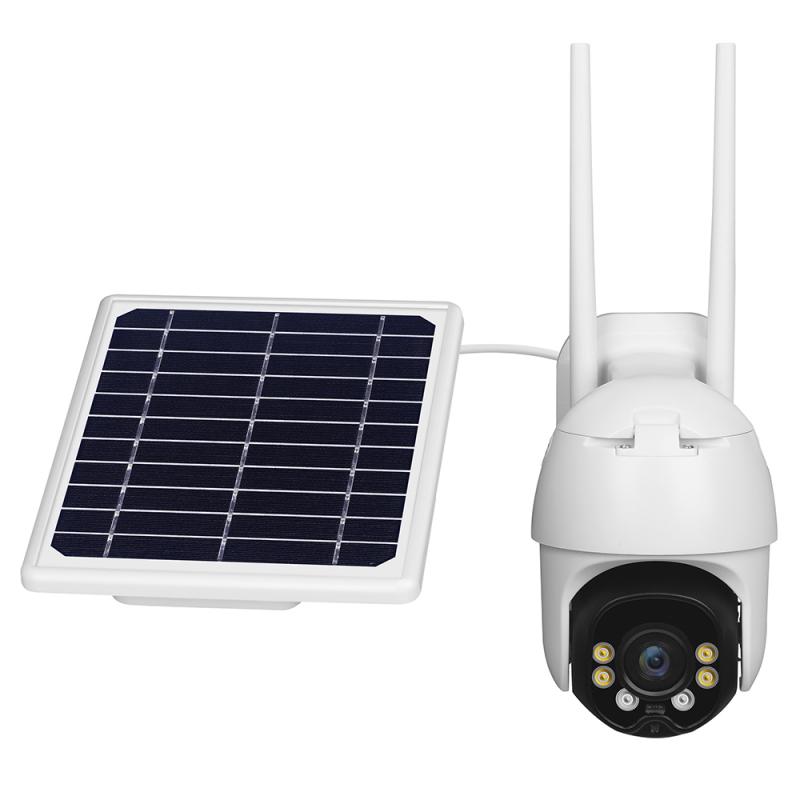
2、 Configuring recording settings on Floureon CCTV devices
Configuring recording settings on Floureon CCTV devices is a straightforward process that allows you to effectively monitor and record surveillance footage. Here is a step-by-step guide on how to record using Floureon CCTV devices:
1. Connect your Floureon CCTV device to a power source and ensure it is properly connected to your network.
2. Access the device's settings by opening the Floureon CCTV app on your smartphone or by logging into the device's web interface on your computer.
3. Navigate to the recording settings section. This may be labeled as "Record" or "Recording Schedule" depending on the specific model of your Floureon CCTV device.
4. Choose the desired recording mode. Floureon CCTV devices typically offer options such as continuous recording, motion detection recording, or scheduled recording. Select the mode that best suits your surveillance needs.
5. Set the recording resolution and quality. Floureon CCTV devices often provide options for adjusting the resolution and quality of the recorded footage. Higher resolutions and quality settings will result in larger file sizes but offer better image clarity.
6. Configure the storage settings. Floureon CCTV devices usually support various storage options, including local storage on an SD card or external hard drive, as well as cloud storage. Select the preferred storage method and allocate sufficient storage space for recording.
7. Save the settings and exit the configuration menu. Your Floureon CCTV device is now ready to record surveillance footage based on the specified settings.
It is important to note that the specific steps and options may vary slightly depending on the model of your Floureon CCTV device. Therefore, it is recommended to refer to the user manual or contact Floureon customer support for detailed instructions tailored to your device.
In conclusion, configuring recording settings on Floureon CCTV devices is a simple process that allows you to customize your surveillance system according to your specific requirements. By following the steps outlined above, you can ensure that your Floureon CCTV device is recording and storing footage effectively.
3、 Understanding Floureon CCTV recording modes and options
Understanding Floureon CCTV recording modes and options is essential for maximizing the effectiveness of your security system. Floureon offers various recording modes and options to cater to different surveillance needs.
To begin with, Floureon CCTV systems typically offer three main recording modes: continuous recording, motion detection recording, and scheduled recording. Continuous recording ensures that all activities within the camera's field of view are captured and stored. This mode is ideal for areas that require constant monitoring, such as entrances or high-security zones.
Motion detection recording, on the other hand, only records when motion is detected within the camera's range. This mode helps conserve storage space and makes it easier to review footage by focusing on specific events. Users can adjust the sensitivity of the motion detection feature to avoid false alarms triggered by irrelevant movements, such as tree branches swaying in the wind.
Scheduled recording allows users to set specific time periods for recording. This mode is useful for businesses or homes that have predictable activity patterns, such as offices that are only occupied during working hours. By scheduling recording times, users can save storage space and easily locate footage from specific timeframes.
Floureon CCTV systems also offer options for recording resolution and compression. Higher resolution settings provide clearer and more detailed footage but require more storage space. Users can choose the resolution that best suits their needs, balancing image quality with storage capacity.
In terms of compression, Floureon CCTV systems typically use H.264 or H.265 compression technology. H.264 is a widely used compression standard that offers good video quality and efficient storage utilization. H.265, also known as High-Efficiency Video Coding (HEVC), is a newer compression standard that provides even better video quality while reducing storage requirements. It is recommended to use H.265 if your Floureon CCTV system supports it, as it offers superior performance.
In conclusion, understanding Floureon CCTV recording modes and options is crucial for optimizing your security system. By selecting the appropriate recording mode, adjusting motion detection settings, and choosing the right resolution and compression, you can ensure efficient storage utilization and capture high-quality footage for effective surveillance.
4、 Troubleshooting common issues with Floureon CCTV recording feature
Floureon CCTV cameras are known for their reliable surveillance capabilities, but occasionally users may encounter issues with the recording feature. Troubleshooting these common problems can help ensure that your CCTV system is functioning optimally.
Firstly, ensure that your Floureon CCTV camera is properly connected to a compatible DVR or NVR system. Check all cables and connections to ensure they are secure and undamaged. If the camera is not being recognized by the recording device, try reconnecting or replacing the cables.
Next, verify that the recording settings are correctly configured. Access the camera's settings menu and ensure that the recording mode is enabled and set to the desired parameters. Additionally, check the storage capacity of your DVR or NVR system to ensure it has sufficient space to store the recorded footage. If the storage is full, consider deleting old recordings or expanding the storage capacity.
If you are experiencing issues with motion detection recording, adjust the sensitivity settings to ensure that the camera is capturing the desired areas and events. Additionally, check for any obstructions or objects that may be triggering false motion detection alerts.
In some cases, the issue may lie with the firmware of the Floureon CCTV camera. Check for any available firmware updates on the manufacturer's website and follow the instructions to update the camera's firmware. This can often resolve compatibility issues and improve the overall performance of the camera.
If you are still experiencing problems with the recording feature, it may be helpful to consult the user manual or contact Floureon's customer support for further assistance. They can provide specific troubleshooting steps or arrange for repairs or replacements if necessary.
In conclusion, troubleshooting common issues with Floureon CCTV recording feature involves checking connections, verifying settings, adjusting motion detection, updating firmware, and seeking assistance from customer support if needed. By following these steps, you can ensure that your Floureon CCTV system is recording effectively and providing reliable surveillance.













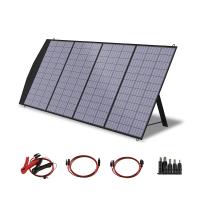
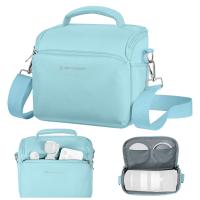

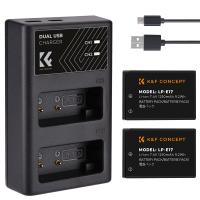
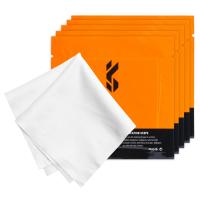


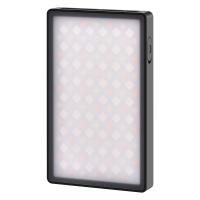
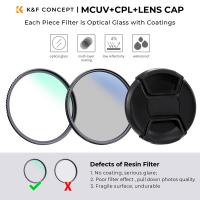

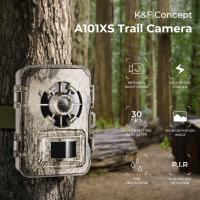
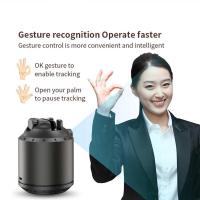
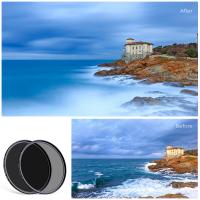





There are no comments for this blog.